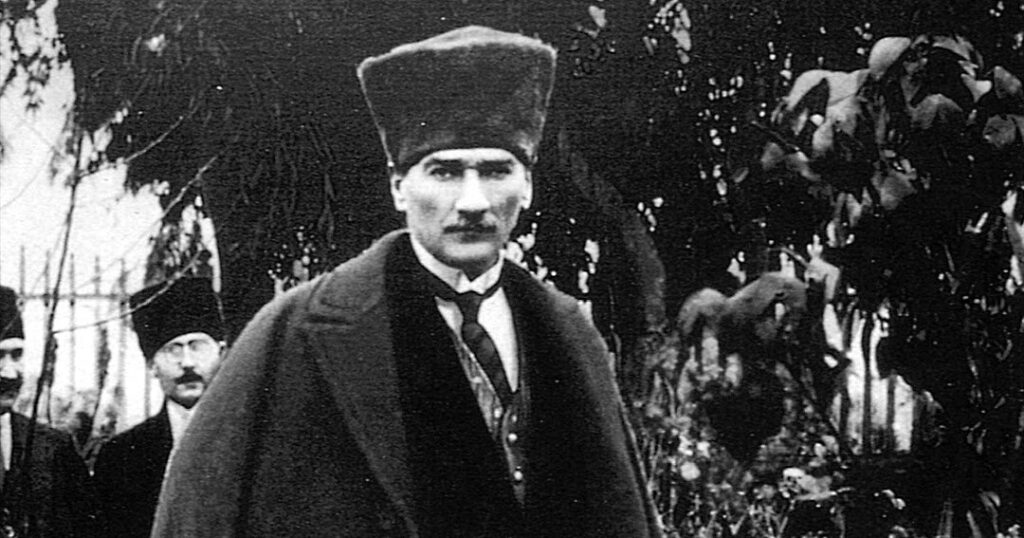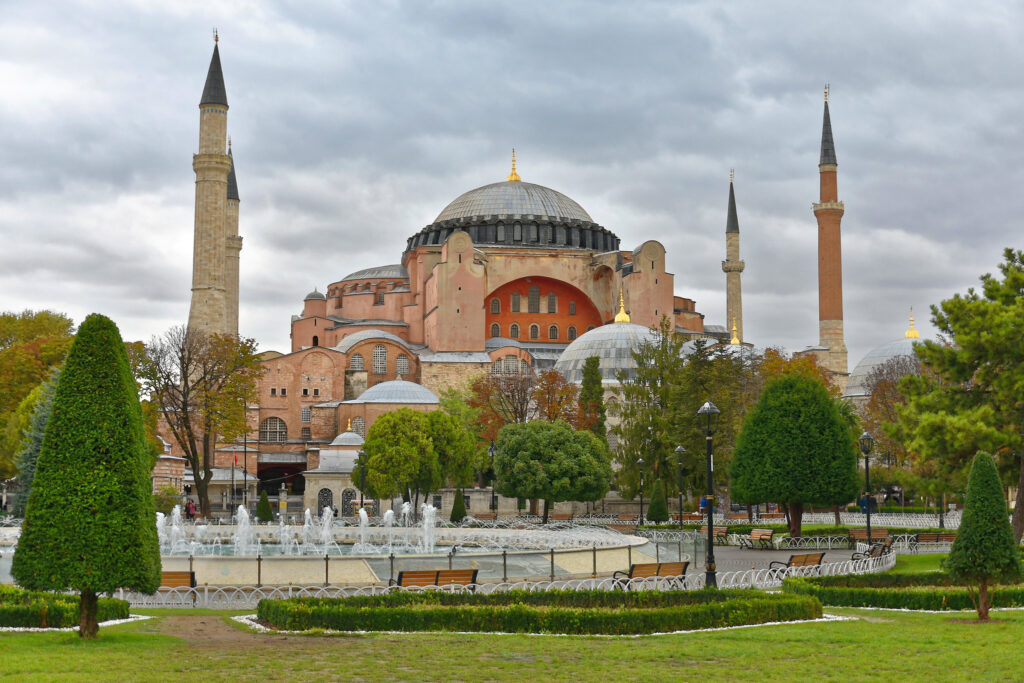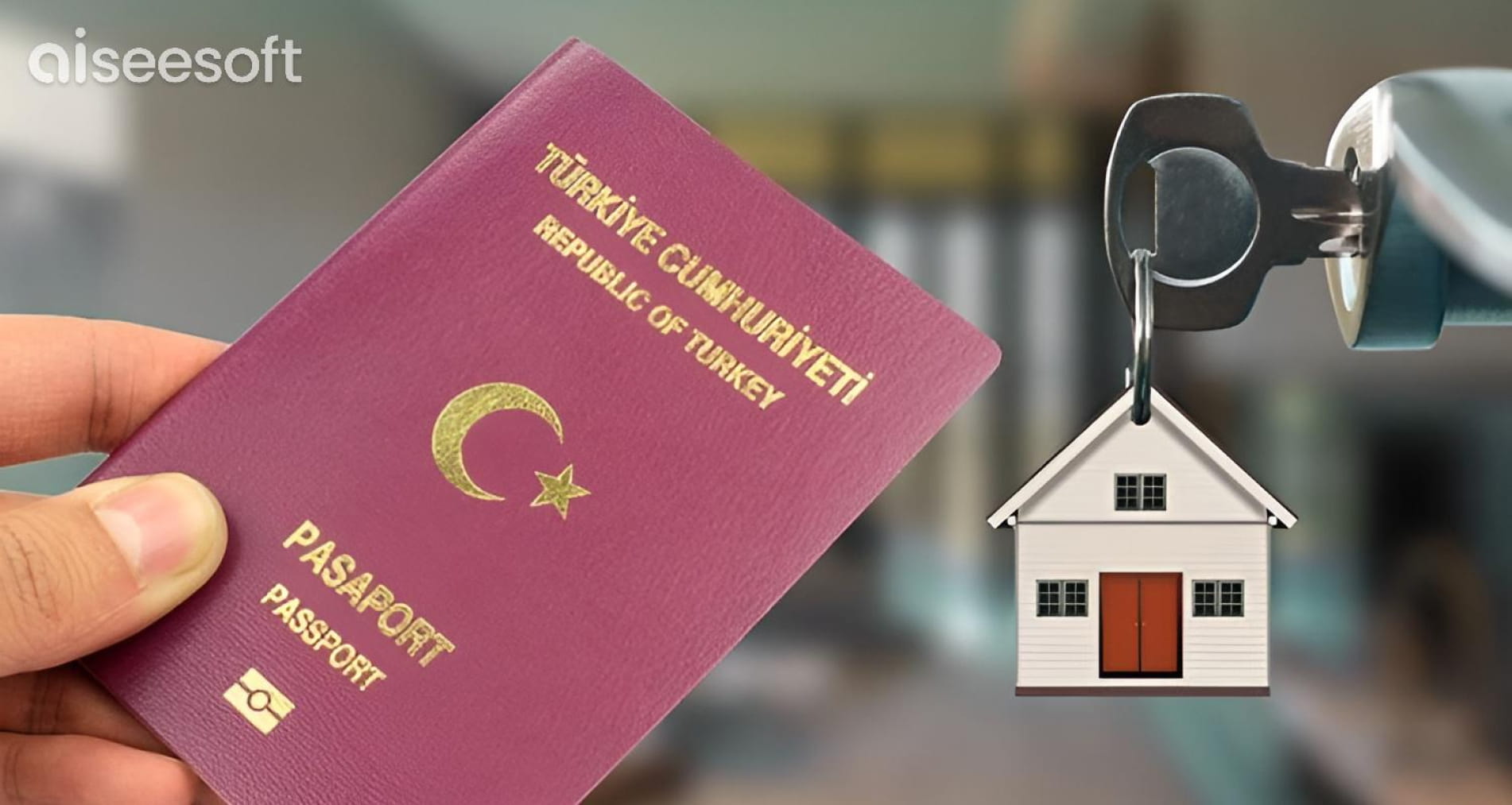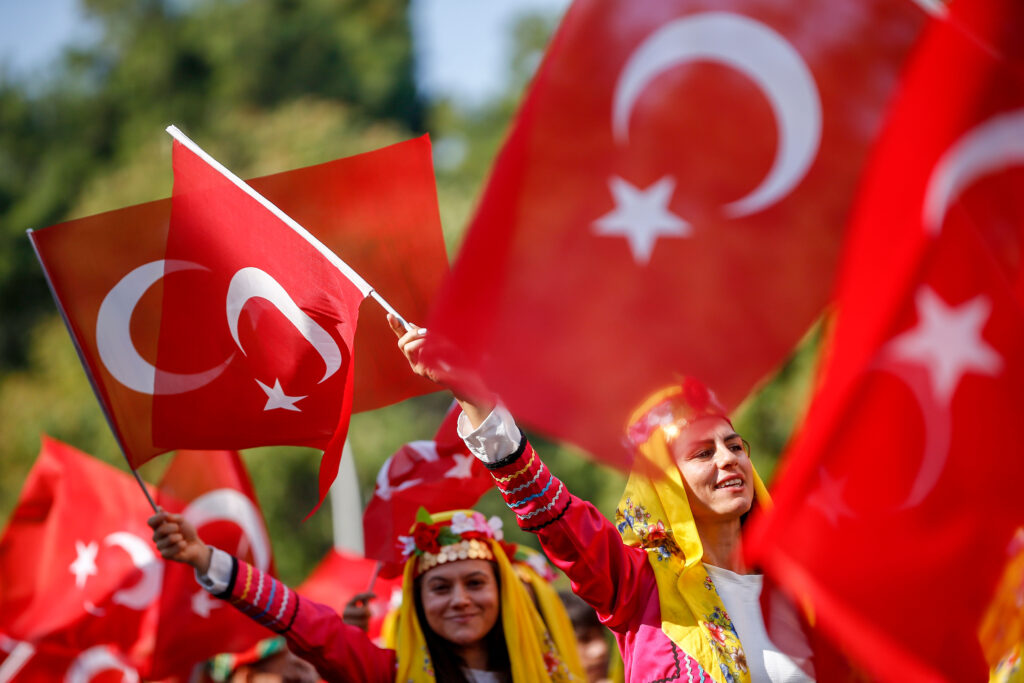Republic Day in Turkey
October 29 – REPUBLIC DAY is celebrated in Turkey.

What is happening on this day in Turkey?
Every tram and metro stop in Istanbul is covered with flags with the word “Ata” – “father” – and portraits of Ataturk.
Ataturk is the “father of Turks”, the official lifetime surname of the founder of the modern Turkish state Mustafa Kemal. It was invented especially for the first president of Turkey by his associate Saffet Arykan in 1934. During this period, everyone had to assume surnames that had not existed before. But no one had the right to assign the surname Ataturk, except himself.
Today, all the streets of Turkish cities are full of red flags with a star and a crescent moon, images of the first president are everywhere. Although countless monuments, paintings and photos with Ataturk adorn streets, institutions, private shops, cafes and at any other time, in October 2023 there are more of them than usual. A festive illumination in the style of 1923 has been installed on a part of public buildings in Istanbul. This is because on October 29, Turkey celebrates a round anniversary – 100 years since the proclamation of the Republic of Turkey.

Ataturk M.K.
What happened on October 29, 1923?
On this day, the Chairman of the Grand National Assembly of Turkey, Mustafa Kemal, amended six articles of the Constitution of the country adopted in 1921. The first article of the Basic Law now read: “Sovereignty fully and unconditionally belongs to the nation. The management method is based on the principle that the people personally and practically control their destiny. The form of government of the Turkish state is a Republic.” The new version of the Constitution for the first time clearly indicated the form of government in the country, and also consolidated the transfer of the capital from Istanbul to Ankara, which had actually already taken place, but caused controversy.
The establishment of the republic made it possible to overcome the government crisis of 1923. After 1920, the legislative, executive and judicial powers in the country were united in the hands of Parliament. As a result, the government was very weak, the ministers were elected one by one by direct vote of the members of the Assembly. Speaker Mustafa Kemal agreed behind the scenes with the executive committee of the parliament in October that its members would resign and not be re-elected to the executive committee. In fact, by doing so, the future Ataturk and the members of the executive committee sabotaged the work of the Assembly, forcing it to reform public administration.
To break the deadlock, Kemal proposed to amend the Constitution, consolidating the republican form of government and the separation of powers. The post of president was also established, to which Mustafa Kemal himself was elected by the Parliament.
Officially, Republic Day has been celebrated in Turkey since 1925, it is considered the founding date of the modern Turkish state. October 29 is also celebrated in the Republic of Northern Cyprus, which is not recognized by anyone except Ankara.
No.
The proclamation of the republic in Turkish historiography is considered one of the stages of the “Ataturk revolutions” (Atatürk Devrimleri tour). In the English- and Russian-speaking tradition, the term “Atatürk reforms” (tur. Atatürk Reformları) is more often used. This is a complex of transformations aimed at transforming the former multinational Ottoman Empire into a national democratic secular Turkish state.
Formally, Republic Day is not the “Independence Day of Turkey”. Nevertheless, it was preceded by the Turkish War of Independence, which ended with the signing of the Lausanne Peace Treaty on July 24, 1923.
It replaced the Sevres Peace Treaty of 1920, signed by representatives of the government of the Ottoman Empire. He was supposed to record the end of the First World War for Turkey. The previous treaty assumed the separation from the Ottoman Empire not only territories in the Middle East, but also regions largely inhabited by ethnic Turks. Including parts of Eastern Thrace and Anatolia, the Gallipoli Peninsula, and islands in the Aegean Sea. Istanbul and the zone of the Bosphorus and Dardanelles Straits came under international control as a demilitarized zone.
The Turkish national Movement, led by the Ottoman officer Mustafa Kemal Pasha, perceived the treaty as unfair and colonial. The Great Assembly convened in Ankara did not ratify the terms of peace. As a result of a series of military operations (primarily against Greek troops), as well as diplomatic efforts, the Turkish nationalists managed to actually achieve the sovereignty of the country. The Sevres Peace, which was considered unfair, was revised, the new Treaty of Lausanne basically fixed the country’s territory within its modern borders. A small exception was the Alexandretta Sanjak in Syria, which was controlled by France. It became part of Turkey only in 1939.
What is the ideology of Kemalism?
As a result of the War of Independence, the commander-in-chief of the Turkish troops, Mustafa Kemal Pasha, gained great authority within the country. He first became the speaker of the Turkish parliament, and from October 29, 1923, he headed the country as president. He remained in this post for five terms until his death on November 10, 1938. All this time he also headed the only legal political force in the country – the Republican People’s Party, founded by him on September 9, 1923. Other parties in Turkey were allowed already under his successor, President Ismet Inenyu.
Mustafa Kemal made Kemalism (sometimes also called Atatürkism) the state ideology of Turkey, briefly formulated as six principles, or “six arrows” (tur. Altı Ok): republican structure, Turkish nationalism, secularism, nationality (populism), as well as statism (that is, active state intervention in the economy) and revolutionary. The latter principle captures the radical nature of Kemalist transformations. Reforms such as the translation of the Turkish language from Arabic into Latin, the rejection of Islam as the state religion or the granting of voting rights to women were hardly imaginable in the years before Ataturk came to power.
At the same time, Ataturk’s reforms had tragic consequences. For example, the principle of nationalism led to the forced Turkization of the population, the outflow of non-Turkish population from formerly multinational regions (seriously affected by ethnic cleansing during the Ottoman Empire): Armenians, Greeks, Jews, Levantines and others. In the 1920s and 30s, the troops suppressed about 15 uprisings of the Turkish Kurds (the rejected Sevres peace also suggested the possibility of creating an independent Kurdistan). The suppression of the uprising of the Dersim Kurds in 1937 was also attended by the adopted daughter of Ataturk Sabiha Gokcen, the first female pilot in the history of Turkey. Now one of the two airports in Istanbul is named after her.
The forcibly introduced principle of secularity led to repressions against believers, forced closure of tariqas, tekke (Sufi monasteries) and revered tombs – the Turkish leader called their visit “the cause of backwardness and the stigma of ignorance.” Due to the revolutionary nature of the transformations, Turkish culture suffered serious damage, including traditional clothing, some crafts, in particular Ottoman calligraphy, were banned. Under Ataturk, freedom of the press was restricted, and his own Republican People’s Party remained the only permitted party during his reign.

Are the ideas of Ataturk still at the heart of Turkish politics?
Technically, yes.
Back in 1937, the principles of Ataturk were first introduced into the Turkish Constitution. The modern version of this document also states that “no views and beliefs should be opposed to the national interests of Turkey, the principle of the indissoluble unity of Turkish citizens with their country and territory, the historical and spiritual values of Turkey or nationalism, the principles, reforms and transformations of Ataturk.”
The political course of today’s Turkey is often called contrary to the spirit of Ataturk’s reforms. The reforms established the secular nature of the state, but the Justice and Development Party (AKP), the largest in the Turkish parliament today, largely focuses on religious voters, although it rejects the definition of itself as Islamic. In October 2022, the deputy chairman of the party’s faction, Mahir Unal, even decided to directly criticize the legacy of Ataturk, saying: “In terms of the cultural revolution, the Republic has destroyed our vocabulary, alphabet, language, in other words, all our intellectual values.” This statement caused a wave of protest, as a result of which Unal had to leave the post of deputy chairman of the AKP.
Did the departure from Kemalism happen because of Erdogan?
Not quite.
For the first time, the Kemalist party failed to win elections back in 1950, at the same time Ismet Inenyu, a comrade-in-arms and political heir to the Ataturk course, was forced to go into opposition. At the same time, the country’s political course began to change radically later. Traditionally, it is believed that this happened in 1983-1993, during the period when Turgut Ozal, representing the right–liberal nationalist Fatherland Party, first held the post of head of government, and then – president.
Ozal, on the one hand, carried out successful liberal economic reforms that contradicted the policy of the active role of the state in regulation declared by Ataturk, on the other hand, he took a course to establish deeper ties with the Middle East and Central Asia. In addition, he treated the legacy of the Ottoman Empire with reverence and even bequeathed to bury himself in Istanbul, so that “until the end of the world he would be under the spiritual patronage of Mehmet Fatih,” the sultan who conquered Constantinople in 1453.
The current Turkish leader Recep Tayyip Erdogan really continued the course of increasing influence in the territories of the former Ottoman Empire, and also relied on religious and conservative voters. However, at the origins of this course were the Turkish politicians of the previous generation – in particular, the already mentioned Turgut Ozal and Necmettin Erbakan.

It was under Erdogan that the legacy of Ataturk was revised. So, in July 2020, the President of Turkey signed a decree on the re-transformation of the Hagia Sophia, which was restored on the instructions of Mustafa Kemal in 1934, into a mosque.
In addition, during his reign, a large mosque was erected on the central square of Istanbul, Taksim Square, right next to the respected Ataturk monument “Republic”. Its construction, which was discussed under the governments of Ozal and Erbakan, was one of the reasons for the street protests in Istanbul in 2013.





